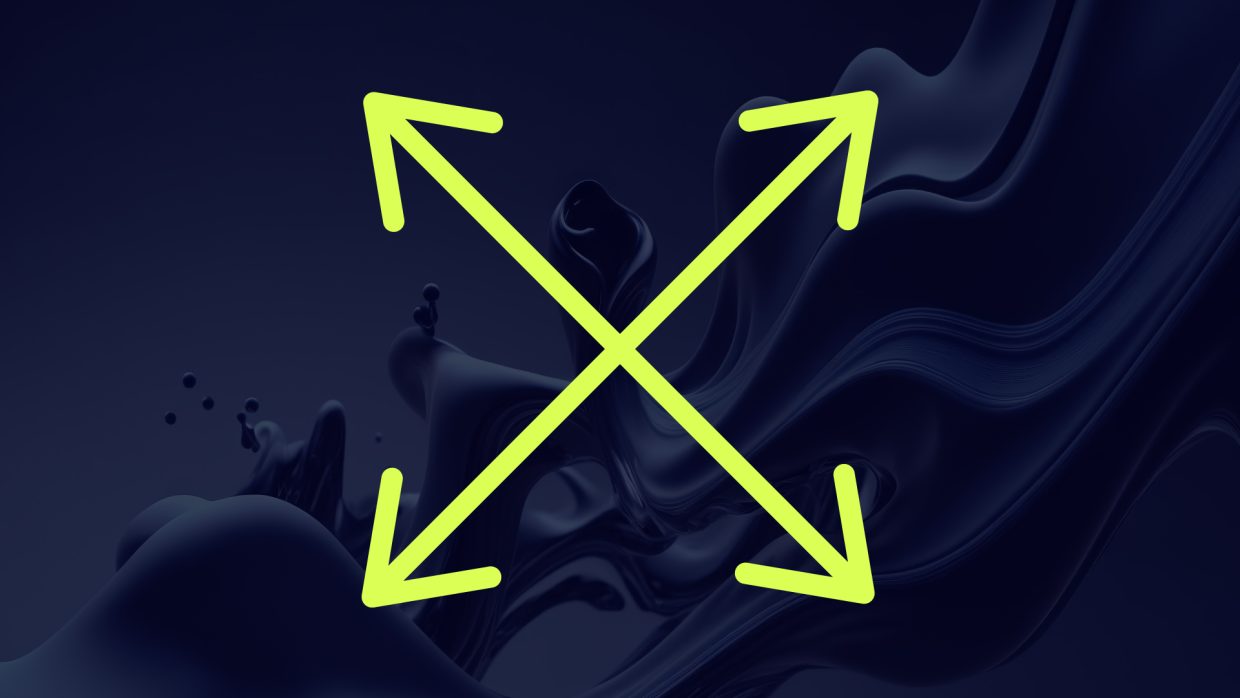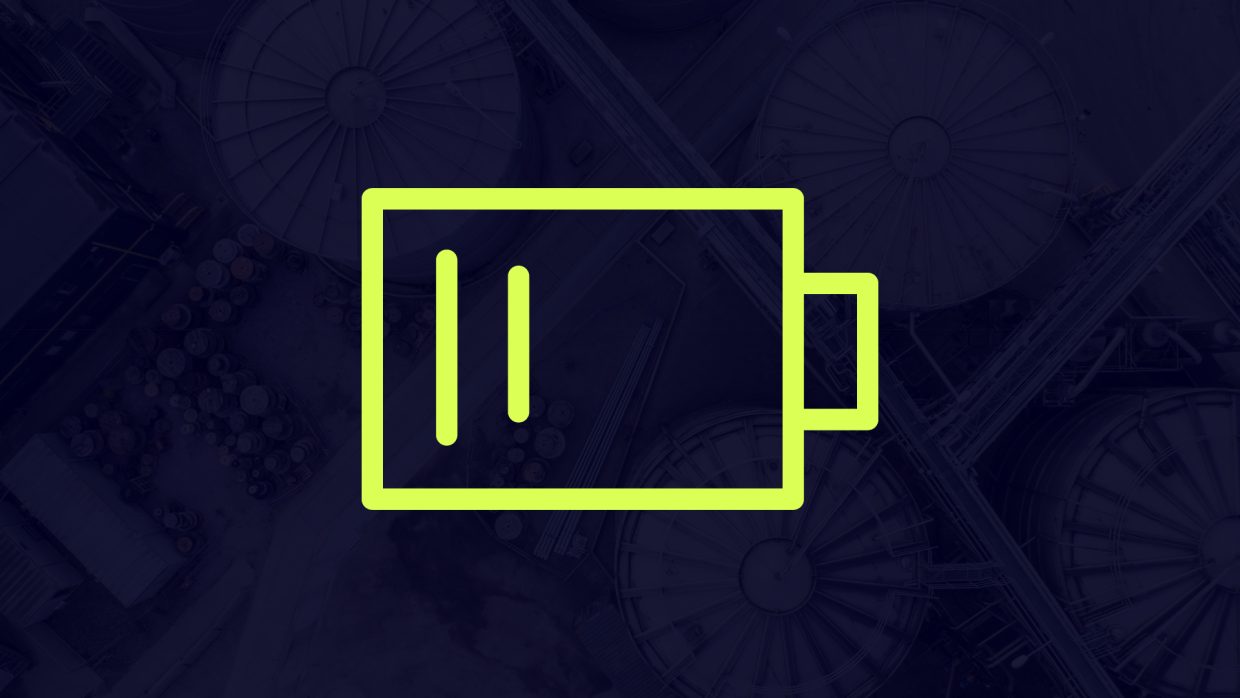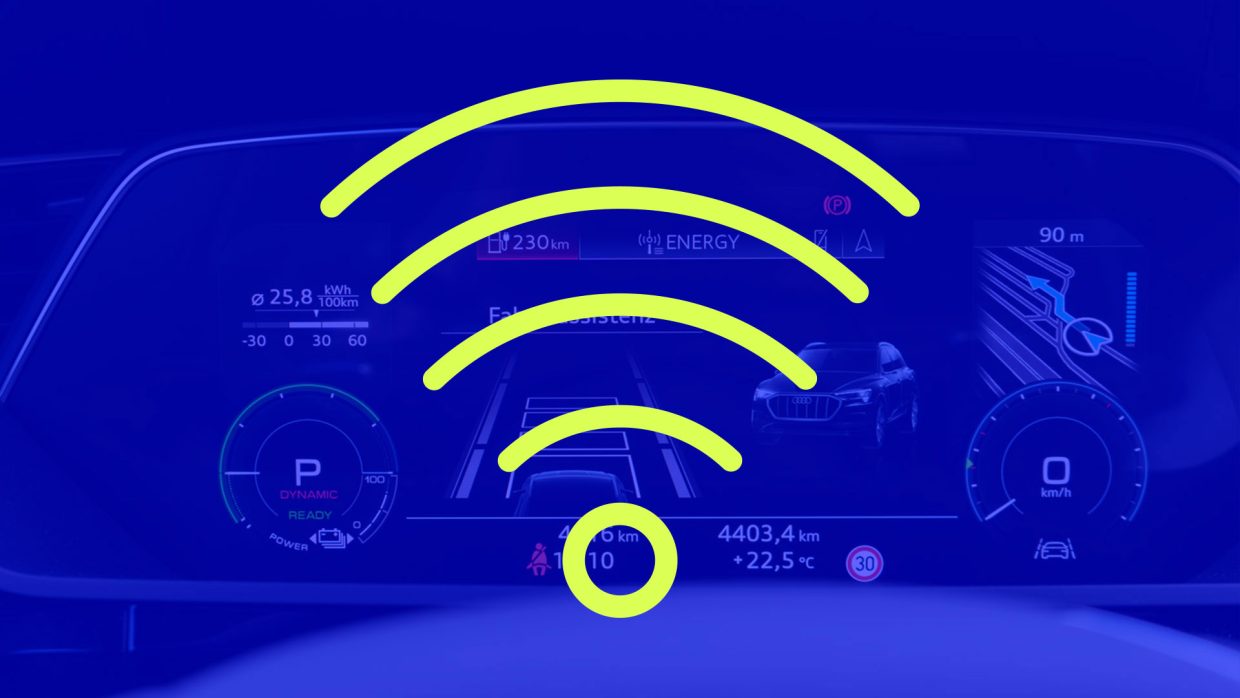With 325kW in this edition of the P3 Charging Index, Porsche can demonstrate the highest charging power of all the vehicles compared, which is also the second-highest charging power ever measured by P3. Only the winner of the P3CI Asia, the Lotus Emeya, was able to be charged with more than 400kW by P3 as part of measurements for the P3 Charging Index Asia, which in turn emphasises the ambitions of Chinese car manufacturers.
When it comes to the long-distance capability of electric vehicles, negative headlines often dominate, fueling personal discussions and debates on social media. This makes it challenging to engage in an objective and fact-based examination of the topic. Statements such as “It takes hours to charge an electric car” or “Electric mobility is only suitable for the city and short distances, long journeys are not possible as I like to drive 800 kilometers” have become common prejudices. Such statements create uncertainty among potential users and interested buyers, who often decide against purchasing an electric vehicle. This is largely because questions about charging behavior and long-distance suitability are not adequately explained or fully addressed.
As an independent management consultancy for electric mobility, P3 is dedicated to delivering clear and comprehensive insights on the subject. The P3 Charging Index 2024 investigates and analyses the long-distance suitability and charging behavior of modern electric vehicles in order to assess how good the charging performance of current electric vehicles really is. The aim is to answer the central question in a factual and data-driven manner:
“How many kilometers of real range can an electric car charge in 20 minutes at a fast-charging station?”
P3 is now publishing the sixth edition of the P3 Charging Index in December 2024.
In competitive comparisons of different electric vehicles, the parameters of maximum charging power in kilowatts [kW] and time for fast charging from 10% to 80% SoC are often presented in a simplified form. However, from the user’s point of view, these two parameters are only of limited importance for the everyday fast-charging capability of electric vehicles.
The P3 Charging Index was developed by the P3 Group in 2019 to make the real charging speed of electric vehicles comparable and easy to understand.
Key parameter for the user is the time needed to recharge the real range in kilometers. The P3 Charging Index uses this to compare the long-range capability of different electric vehicles. Using the vehicles’ consumption and charging curves, the number of kilometers recharged in 10 and 20 minutes of charging time can be displayed, allowing a concrete comparison of the vehicles’ fast-charging performance.
At the end of 2019, P3 recognized that there was no concrete comparison of fast charging behavior and developed the P3 Charging Index (P3CI), an independent standardization that enables a usage-based and realistic comparison of the fast-charging performance of electric vehicles. It considers the charging window between 10% and 80% state of charge (SoC), as this is when vehicles charge the fastest.
The ideal value of the P3 Charging Index is 1.0, which corresponds to an effective range of 300km in 20 minutes:

In the P3 Charging Index only vehicles equipped with the European charging standard CCS (Combined Charging System – fast charging via Combo 2 plug) are considered. To ensure consistency, practicality and comparability of results, P3 refers to the ADAC Ecotest fuel consumption figures.
The P3 Charging Index 2024 compares 22 different all-electric vehicles, including, for the first time, vehicles from China, which are now also available in Europe.







